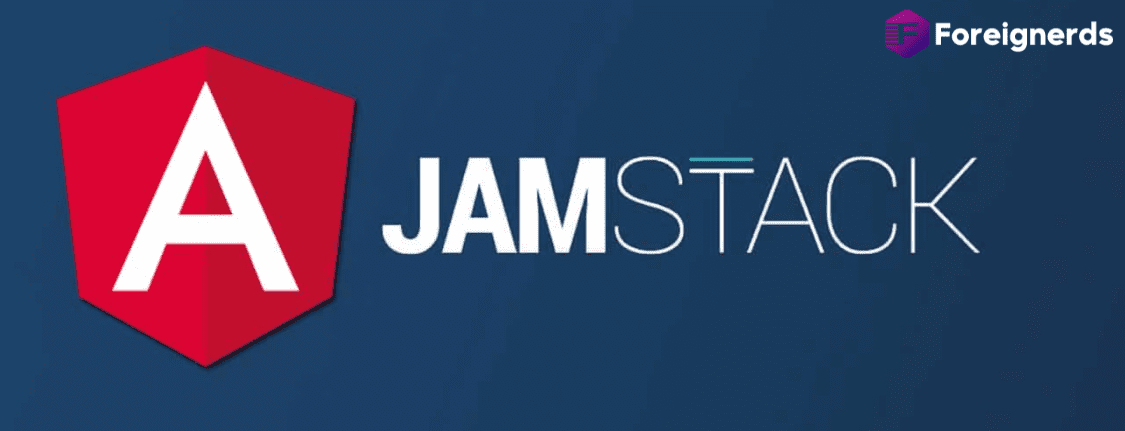- Home
- Design and Development
- JAMStack vs MEAN vs LAMP: Your...

Developers often face critical decisions when it comes to building web applications. The choice of a web stack is one of the most crucial decisions they need to make. A web stack encompasses a set of technical tools, including the operating system, web server, database software, and programming language for both the front and back end. Popular programming languages and frameworks used in web stacks include PHP, JavaScript, Node.js, Java, ASP.NET, Python, and more. In this article, we’ll explore three prominent web stacks: JAMStack, MEAN, and LAMP, and help you decide which one is the most suitable for your web application needs.
JAMStack: Javascript, APIs, and Markup
JAMStack is a modern web development architecture based on three fundamental components: JavaScript, APIs, and Markup. This web stack is lightweight and doesn’t require direct interactions with a database, relying heavily on third-party APIs. JAMStack is ideal for creating static sites, with minimal DevOps overhead, making it easy for programmers to manage.
Pros and Cons of JAMStack Pros:
Cons:
LAMP Stack: Linux, Apache, MySQL, PHP
LAMP is one of the oldest and most commonly used web stacks in the market. It comprises Linux as the operating system, Apache as the webserver, MySQL as the database software, and PHP as the programming language. While these components may seem traditional, they are reliable and well-supported.
Pros and Cons of LAMP Pros:
Cons:
MEAN Stack: MongoDB, Express.js, Angular.js, Node.js
The MEAN stack includes MongoDB as the database layer, Express.js as the server-side application framework, Angular.js as the client-side application framework, and Node.js as the server-side environment. All components are open source and JavaScript-based, offering unique advantages in web development.
Pros and Cons of MEAN Pros:
Cons:
Which Stack is Most Frequently Used? LAMP is widely recognized as the most commonly used web stack due to its ease of use and long-standing reliability.
Factors to Consider When Picking A Web Stack When choosing the right web stack for your application, consider the following factors:
Selecting the perfect web stack for your web application requires careful consideration of various factors, including the nature of your project, your team’s expertise, available resources, and your budget. By making an informed choice, you can ensure that your chosen web stack aligns with your business needs and fosters growth.
© 2013 - 2024 Foreignerds. All Rights Reserved